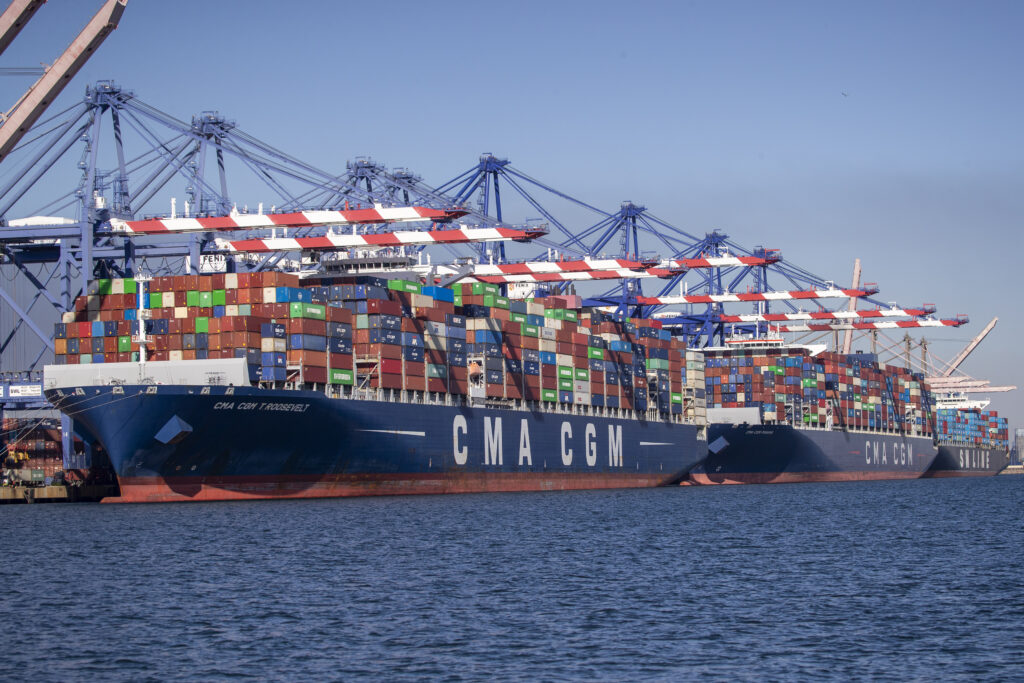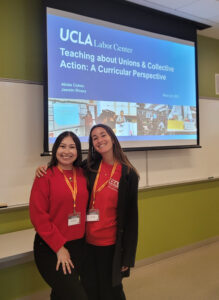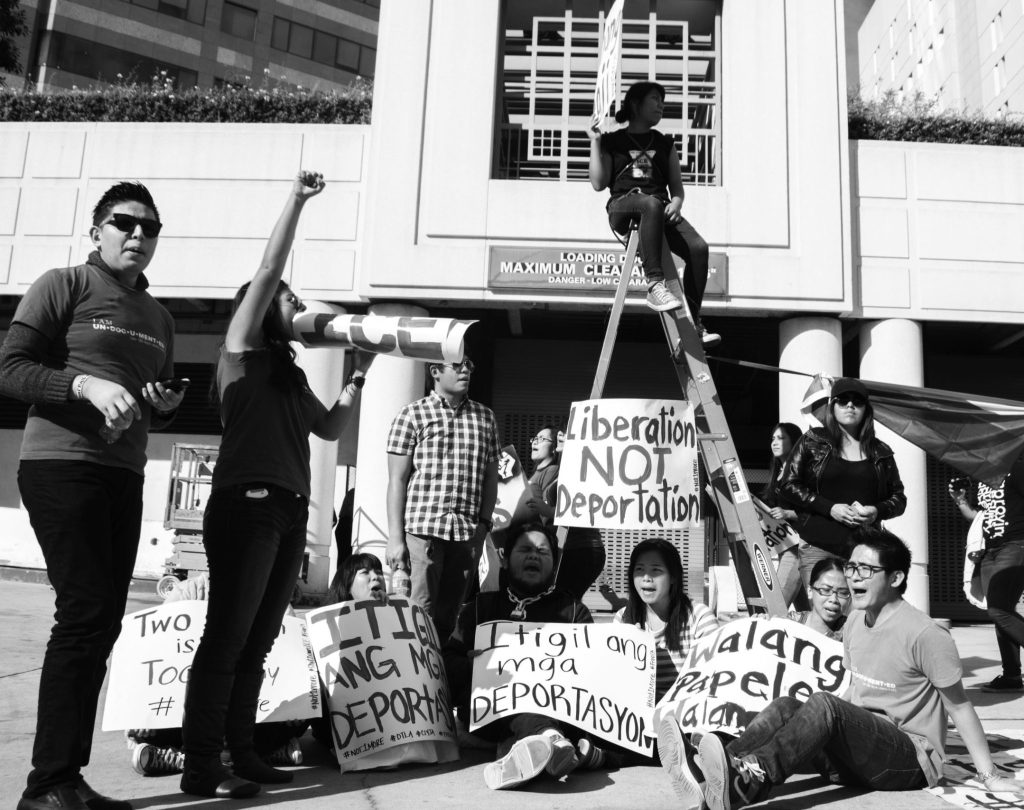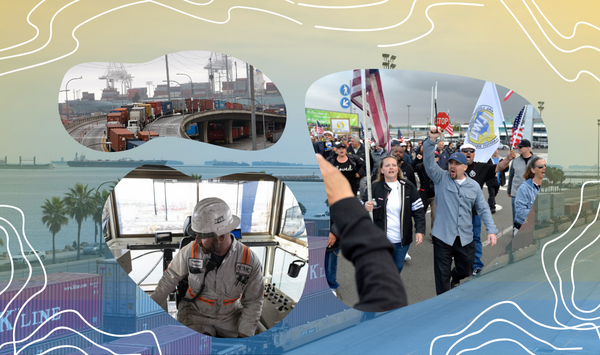
On Jan. 30, the UCLA Labor Center published a new report examining the potential impacts of increased automation at the Ports of Los Angeles and Long Beach, collectively known as the San Pedro Bay Port Complex. Now the 10th busiest port complex in the world, the port complex is responsible for more than 30% of U.S. domestic containerized imports. Today, three of the San Pedro Bay Port Complex’s 12 terminals employ some degree of automation, with additional terminal operators currently considering similar investment in automated infrastructure.
Commissioned by the California Workforce Development Board as part of the California Legislature’s 2020 Assembly Bill 639, “Automation and the Future of Dockwork at the San Pedro Bay Port Complex” examines automation’s impact on port efficiency, job quality, and local harbor communities based on a series of in-depth interviews with a panel of 10 industry stakeholders, a comprehensive review of scholarly and industry literature, and expert research and testimony gathered over the course of AB 639 proceedings.
Some of the key findings of the report include that industry stakeholders, including terminal operators and labor representatives, questioned the immediate benefits of increased automation. Neither their experience nor the relevant literature unequivocally demonstrates that automation is more productive, safer, or cheaper than conventional cargo-handling equipment. Globally, there remains little evidence of positive return on investment at terminals that have implemented large-scale automated infrastructure.
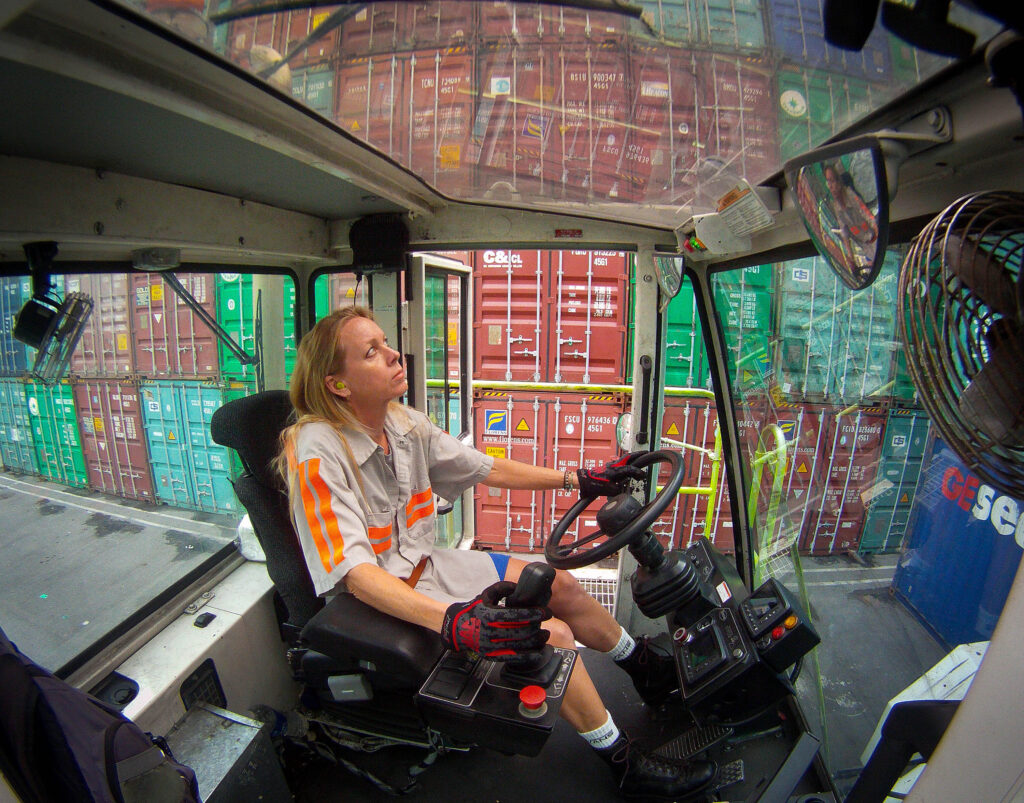
Additionally, industry stakeholders identified a number of potentially negative impacts of automation. There was broad consensus that automation could pose immediate safety risks for workers, lead to increased workplace surveillance and control, and produce indirect, unforeseen ripple effects across other segments of the supply chain.
Finally, industry stakeholders feared that increased automation would adversely affect the harbor community. Increased automation may undermine one of the key engines for economic stability and upward mobility in the harbor community, effectively extracting its wealth and exporting it in the form of profits for international shipping conglomerates.
Industry stakeholders championed a wide range of possible solutions other than automation, including increasing hours of operation, investing in inland ports, better worker-training programs, and optimizing existing infrastructure to achieve standardization across terminals. Unlike automation, these solutions offer a systematic approach to maximizing port productivity and mitigating job loss.
The report was authored by Brian Justie, Tia Koonse, Monica Macias, John Schmidt, and Kent Wong.
